We put the Samsung Galaxy A33 5G through our rigorous DXOMARK Audio test suite to measure its performance both at recording sound using its built-in microphones, and at playing audio back through its speakers.
In this review, we will break down how it fared in a variety of tests and several common use cases.
Overview
The A33 5G delivers an all-round solid showing, with an especially pleasant sound produced in its recordings, even for high-SPL content (like an electronic concert).
Key audio specifications include:
- Top front-firing, bottom side-firing
- USB Type-C
Scoring
Sub-scores and attributes included in the calculations of the global score.
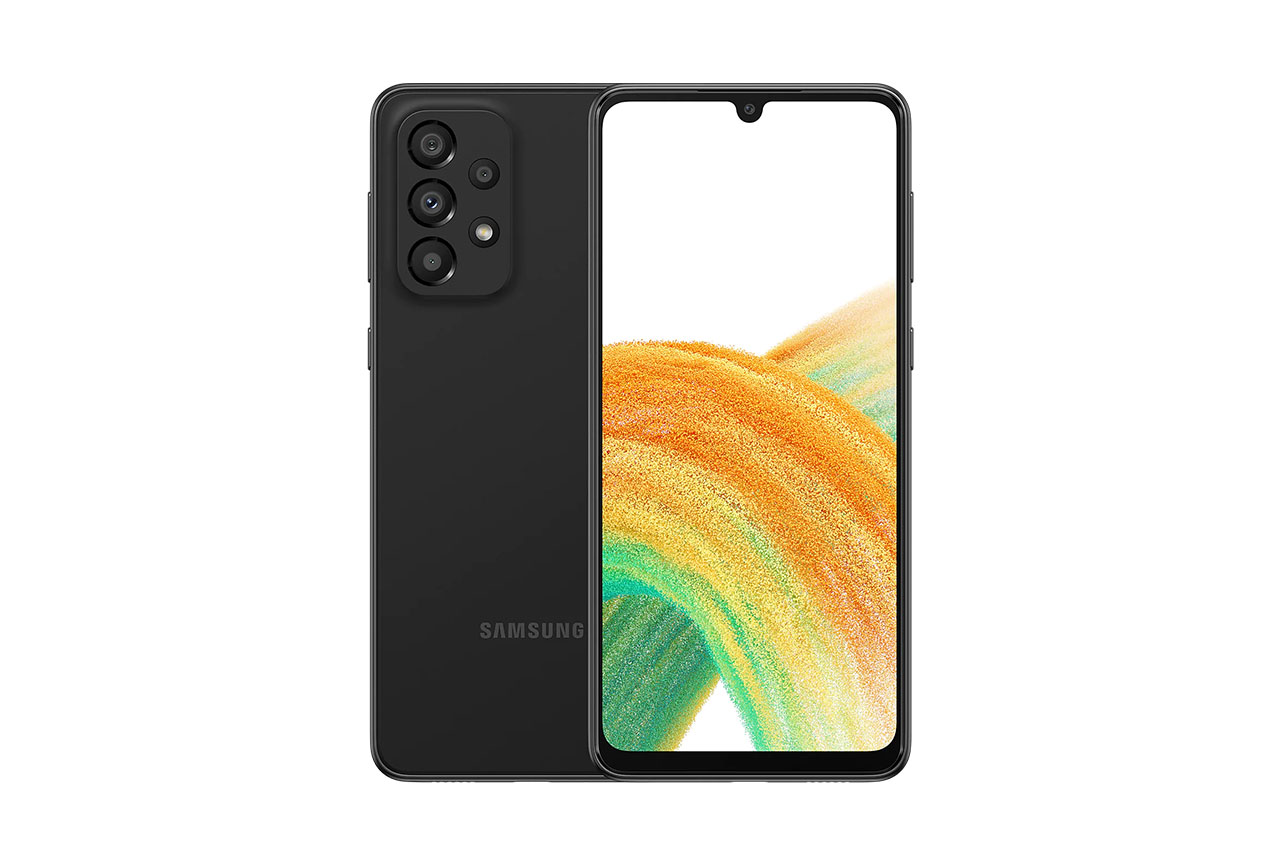
Samsung Galaxy A33 5G


 95th
95th 2nd
2ndPlayback
Pros
- Solid tonal balance in playback
- Good dynamics rendition, except for punch
- Very clean artifacts-wise, with speakers that are difficult to occlude
Recording
Pros
- Good, natural and pleasant tonal balance in Life Video and Selfie Video
- Good wideness, even in Selfie Video
- Good overall sound rendition in high-SPL scenarios, such as concerts
- Very good signal-to-noise ratio
Cons
- Tinny tonal balance in memo app
- Unnatural distance rendition
- Microphones are too easily completely occluded
The A33 5G delivers an all-round solid showing, with an especially pleasant sound produced in its recordings, even for high-SPL content (like an electronic concert).
Test summary
About DXOMARK Audio tests: For scoring and analysis in our smartphone audio reviews, DXOMARK engineers perform a variety of objective tests and undertake more than 20 hours of perceptual evaluation under controlled lab conditions.
(For more details about our Playback protocol, click here; for more details about our Recording protocol, click here.)
The following section gathers key elements of our exhaustive tests and analyses performed in DXOMARK laboratories. Detailed performance evaluations under the form of reports are available upon request. Do not hesitate to contact us.
Playback
Samsung Galaxy A33 5G
163
DXOMARK engineers test playback through the smartphone speakers, whose performance is evaluated in our labs and in real-life conditions, using default apps and settings.
Performance in playback is very good too, even if it sounds a bit aggressive at high volume. The Galaxy A33 5G benefits from well-balanced timbre, with clear midrange and quite satisfying bass. Bass performance is surprisingly solid, with a round sonority and good presence. Midrange is homogeneous, providing good clarity and sufficient warmth. Treble sounds clear and quite brilliant. The A33 5G is not as consistent at different volume levels. The A33 does a good job at preserving its tonal balance at softer volumes, despite a slight loss of bass. But at maximum volume treble tends to sound somewhat piercing and aggressive. In the dynamics attribute, the A33 5G performs well and consistently regardless of the volume level. Attack is accurate and snappy. With realistic envelope in the low-end, bass precision is very satisfying. Considering spatial performance, the stereo scene rendition is both accurate in terms of localizability and fairly wide for a device of this size. The stereo image does not rotate accordingly to the phone orientation. Left/Right balance seems well-centered. Distance rendition is realistic; voices seem to be coming from the right position. Volume performance is a bit below average. While maximum volume loudness is correct, it seems to be unstable depending on the content, probably due to a safety algorithm. The Galaxy A33 5G provides a very clean playback experience, mainly artifact-free. Speakers are well-positioned to avoid occlusions.
Listen to the tested smartphone’s playback performance in this comparison with some of its competitors:
Here is how the Samsung Galaxy A33 5G performs in playback use cases compared to its competitors:

Timbre
Samsung Galaxy A33 5G
158
The Timbre score represents how well a phone reproduces sound across the audible tonal range and takes into account bass, midrange, treble, tonal balance, and volume dependency. It is the most important attribute for playback.

Dynamics
Samsung Galaxy A33 5G
149
The Dynamics score measures the accuracy of changes in the energy level of sound sources, for example how precisely a bass note is reproduced or the impact sound from drums.
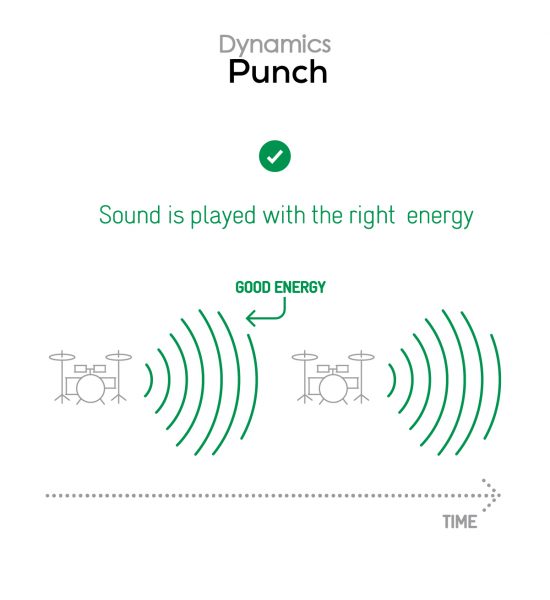


Spatial
Samsung Galaxy A33 5G
162
The sub-attributes for spatial tests include pinpointing a specific sound's location, its positional balance, distance, and wideness.
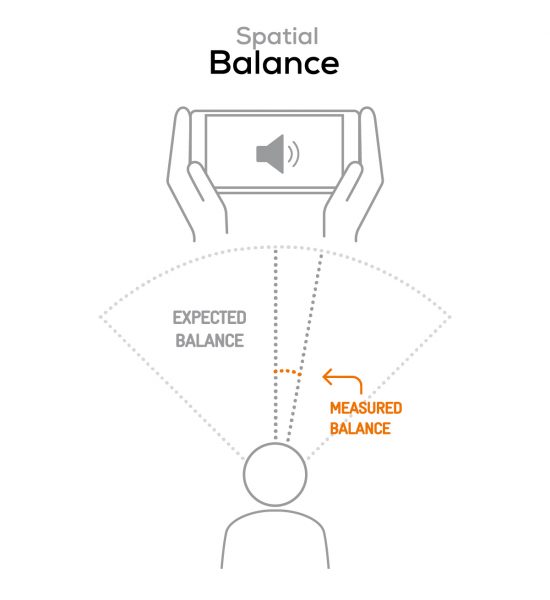
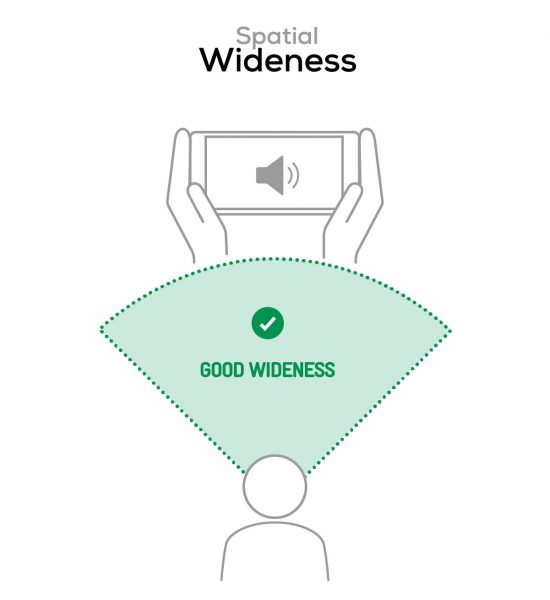

Volume
Samsung Galaxy A33 5G
162
The Volume score represents the overall loudness of a smartphone and how smoothly volume increases and decreases based on user input.
| Hip-Hop | Classical | |
| Samsung Galaxy A33 5G | 74.3 dBA | 69.3 dBA |
| Samsung Galaxy A52 5G | 72 dBA | 68.3 dBA |
| Google Pixel 6 | 74.8 dBA | 69.7 dBA |

Artifacts
Samsung Galaxy A33 5G
157
The Artifacts score measures the extent to which the sound is affected by various types of distortion. The higher the score, the less the disturbances in the sound are noticeable. Distortion can occur because of sound processing in the device and because of the quality of the speakers.


Recording
Samsung Galaxy A33 5G
160
DXOMARK engineers test recording by evaluating the recorded files on reference audio equipment. Those recordings are done in our labs and in real-life conditions, using default apps and settings.
The A33 5G is a deft recording device, capturing and rendering top-notch timbre with its microphones. When recording at high SPL, the A33 5G offers a good tonal balance, thanks to a pleasant warmth and low-end extension, but remains very slightly dark because of a lack of high-end extension. When recording in regular environments with life and selfie video apps, the performance is still very good, producing good tonal balance. That tonal balance could benefit from some extra brightness, high-end extension, and clarity in high-midrange. Using the memo app, tonal balance is impaired by a lack of lower treble and can sound tinny and unnatural. In the recording dynamics attribute, the Galaxy A33 5G provides a very good SNR in all use cases tested; background is well attenuated. Envelope rendition is fairly accurate, with a sharp attack and precise plosives, except in selfie video mode, where the envelope rendition is slightly impaired by compression, resulting in a more rounded attack. At high SPL, dynamics performance is still good, thanks to a quite accurate envelope rendition and a nicely snappy attack. Considering spatial performance, the A33 5G delivers good localizability. Wideness is also good and allows a very realistic stereo rendering, even in selfie video mode, where wideness remains better than average. Distance performance is impaired by unnatural midrange that tends to move voices away but despite that remains realistic. Memo app recordings are mono. The device delivers an average performance in the volume attribute. Recording loudness is good across use cases. The A33 5G performs well in high-SPL scenarios; distortion, while there, is barely noticeable. The artifacts performance is about average. Do note that microphones are easily completely occluded, and they are sensitive to finger noises that induce strong volume drops. The background rendering is adept.
Here is how the Samsung Galaxy A33 5G performs in recording use cases compared to its competitors:

Timbre
Samsung Galaxy A33 5G
147
The Timbre score represents how well a phone captures sounds across the audible tonal range and takes into account bass, midrange, treble, and tonal balance. It is the most important attribute for recording.

Dynamics
Samsung Galaxy A33 5G
146
The Dynamics score measures the accuracy of changes in the energy level of sound sources, for example how precisely a voice's plosives (the p's, t's and k's, for example) are reproduced. The score also considers the Sound-to-Noise Ratio (SNR), for example how loud the main voice is compared to the background noise.

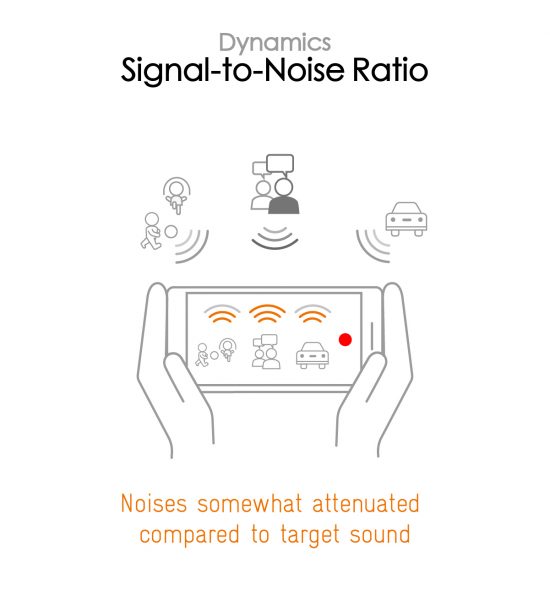

Spatial
Samsung Galaxy A33 5G
159
The sub-attributes for spatial tests include pinpointing a specific sound's location, its positional balance, distance, and wideness on the recorded audio files.

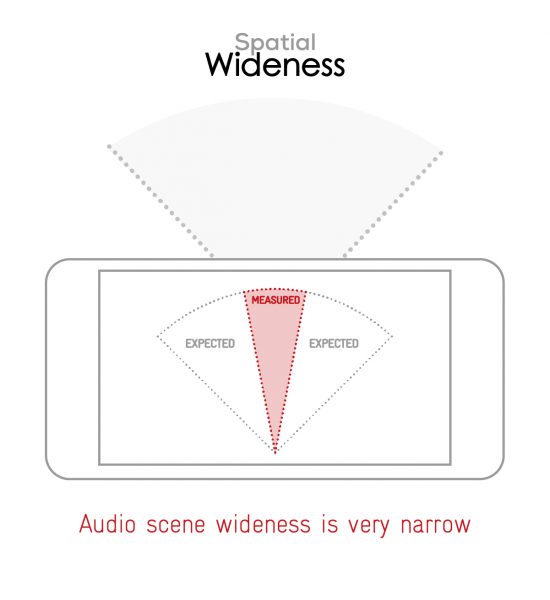

Volume
Samsung Galaxy A33 5G
170
The Volume score represents how loud audio is normalized on the recorded files and the how the device handles loud environments, such as electronic concerts, when recording.
| Meeting | Life Video | Selfie Video | Memo | |
| Samsung Galaxy A33 5G | -25.9 LUFS | -22 LUFS | -20.9 LUFS | -21.4 LUFS |
| Samsung Galaxy A52 5G | -26.1 LUFS | -22.3 LUFS | -20.8 LUFS | -21.5 LUFS |
| Google Pixel 6 | -27.8 LUFS | -17.9 LUFS | -16.3 LUFS | -19.8 LUFS |

Artifacts
Samsung Galaxy A33 5G
145
The Artifacts score measures the extent to which the recorded sounds are affected by various types of distortions. The higher the score, the less the disturbances in the sound are noticeable. Distortions can occur because of sound processing in the device and the quality of the microphones, as well as user handling, such as how the phone is held.

Background
Samsung Galaxy A33 5G
166
Background evaluates how natural the various sounds around a voice blend into the video recording file. For example, when recording a speech at an event, the background should not interfere with the main voice, yet it should provide some context of the surroundings.

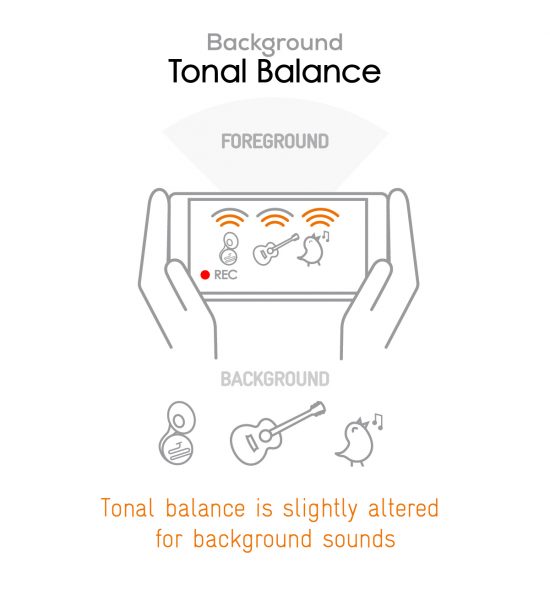


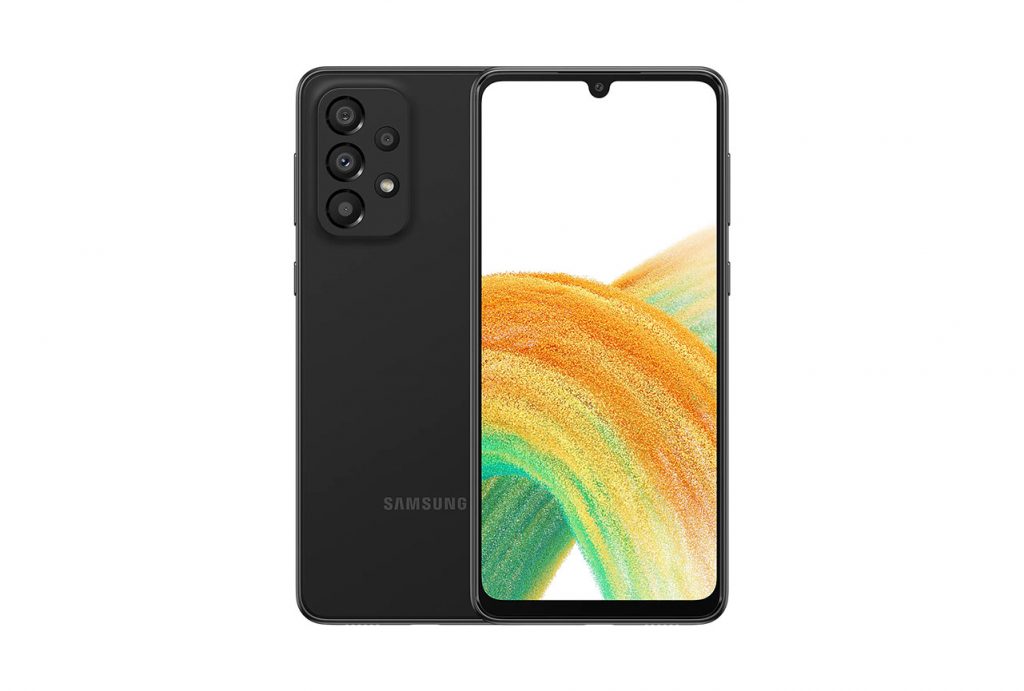
DXOMARK encourages its readers to share comments on the articles. To read or post comments, Disqus cookies are required. Change your Cookies Preferences and read more about our Comment Policy.